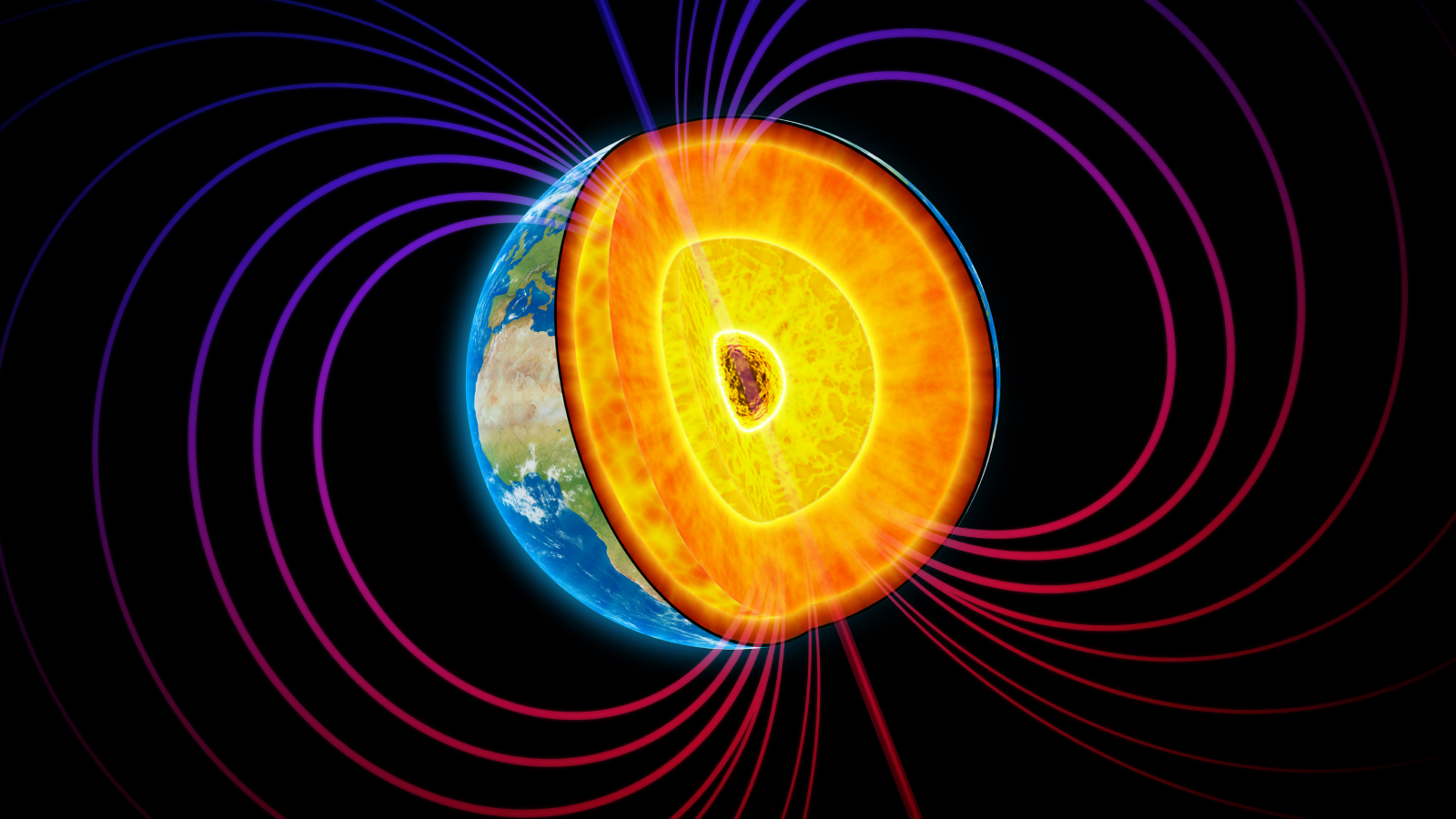Sensors, Vol. 24, Pages 6046: Inferring ECG Waveforms from PPG Signals with a Modified U-Net Neural Network
Sensors doi: 10.3390/s24186046
Authors: Rafael Albuquerque Pinto Hygo Sousa De Oliveira Eduardo Souto Rafael Giusti Rodrigo Veras
There are two widely used methods to measure the cardiac cycle and obtain heart rate measurements: the electrocardiogram (ECG) and the photoplethysmogram (PPG). The sensors used in these methods have gained great popularity in wearable devices, which have extended cardiac monitoring beyond the hospital environment. However, the continuous monitoring of ECG signals via mobile devices is challenging, as it requires users to keep their fingers pressed on the device during data collection, making it unfeasible in the long term. On the other hand, the PPG does not contain this limitation. However, the medical knowledge to diagnose these anomalies from this sign is limited by the need for familiarity, since the ECG is studied and used in the literature as the gold standard. To minimize this problem, this work proposes a method, PPG2ECG, that uses the correlation between the domains of PPG and ECG signals to infer from the PPG signal the waveform of the ECG signal. PPG2ECG consists of mapping between domains by applying a set of convolution filters, learning to transform a PPG input signal into an ECG output signal using a U-net inception neural network architecture. We assessed our proposed method using two evaluation strategies based on personalized and generalized models and achieved mean error values of 0.015 and 0.026, respectively. Our method overcomes the limitations of previous approaches by providing an accurate and feasible method for continuous monitoring of ECG signals through PPG signals. The short distances between the infer-red ECG and the original ECG demonstrate the feasibility and potential of our method to assist in the early identification of heart diseases.

 16 hours ago
38
16 hours ago
38


